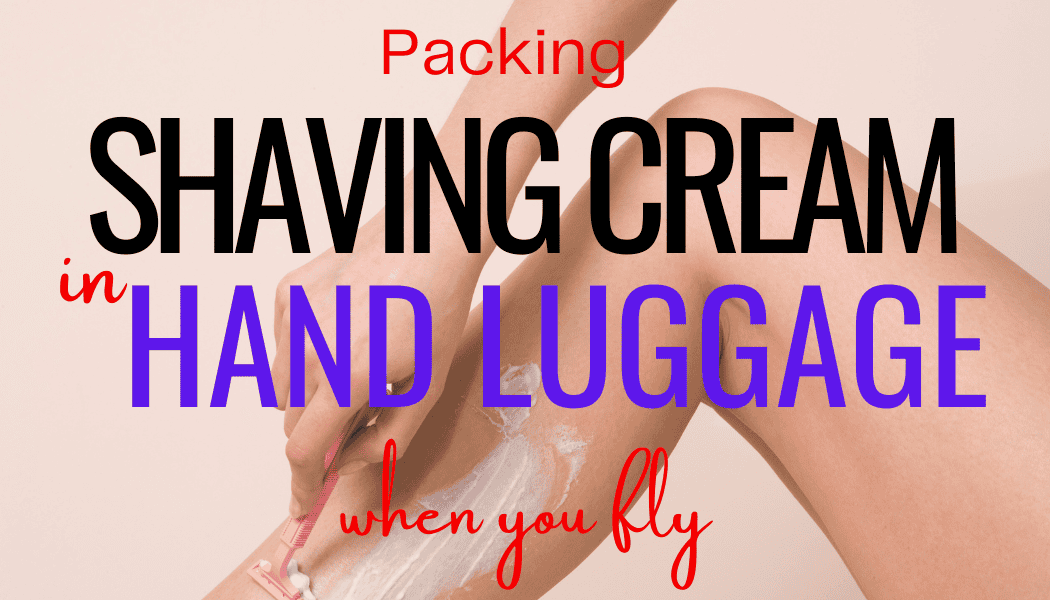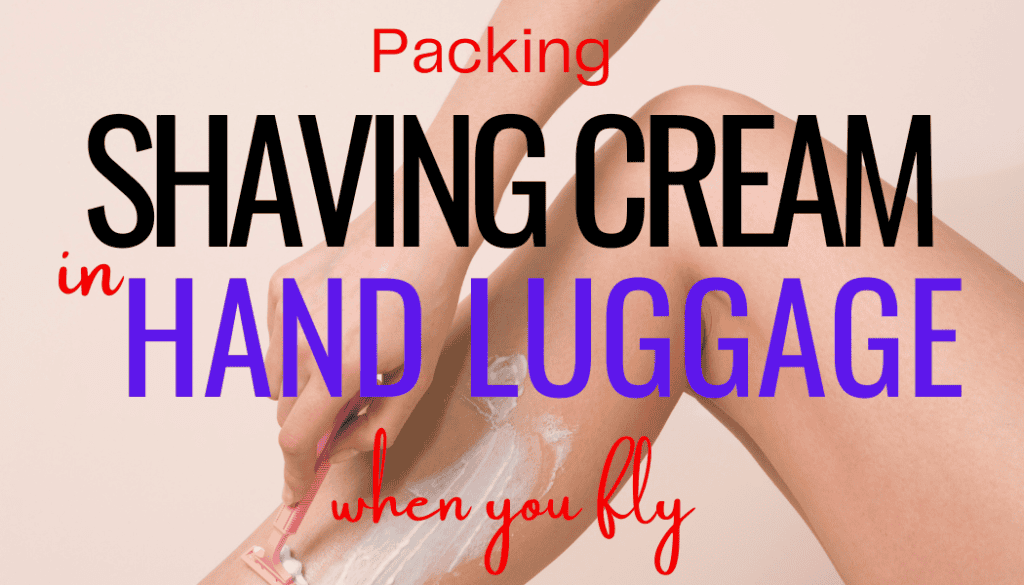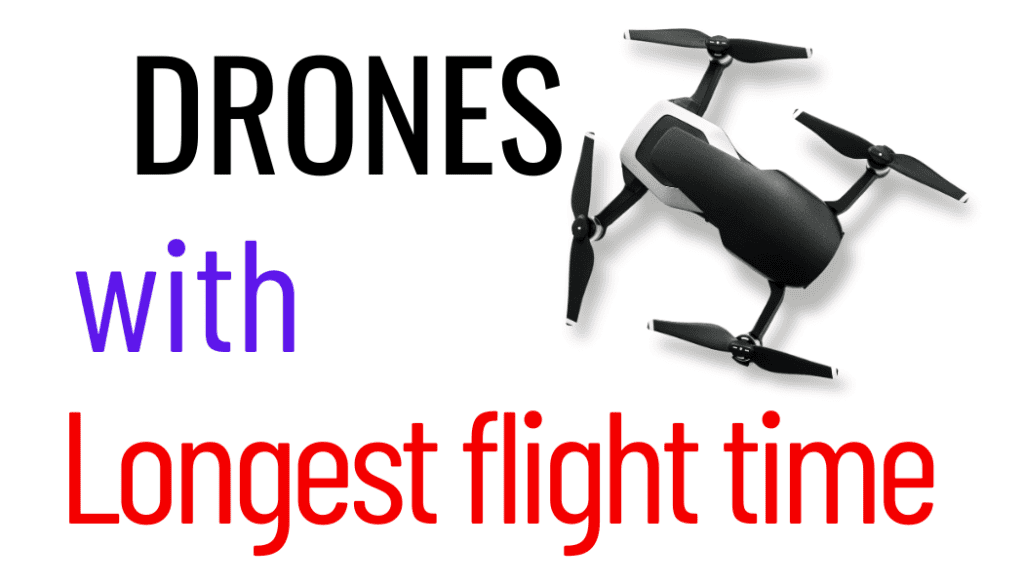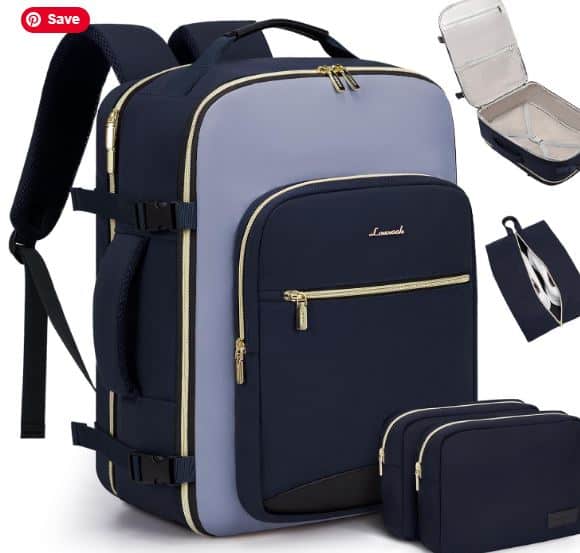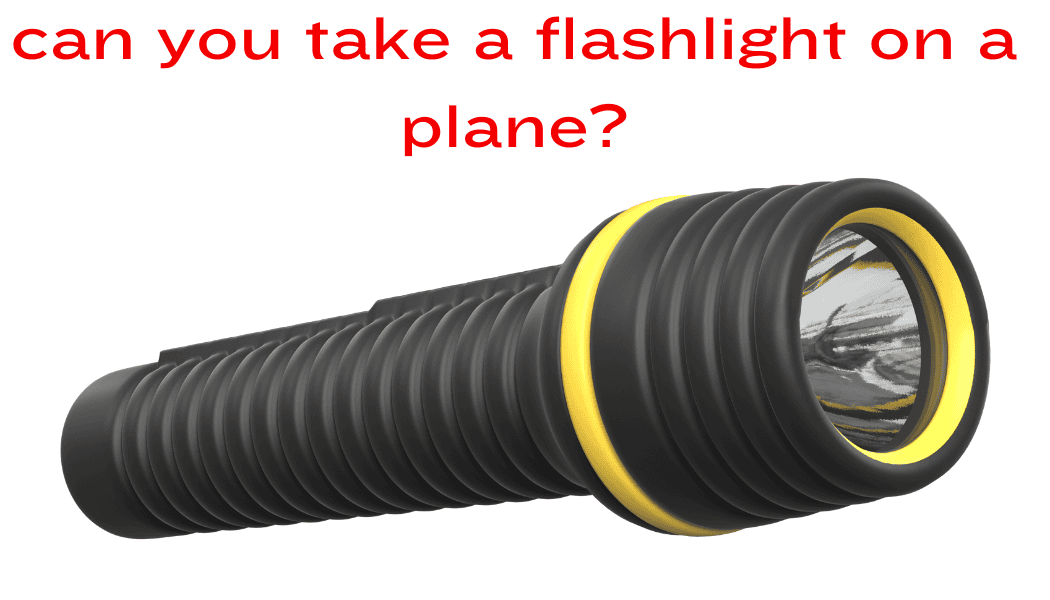Planning a solo trip to Barcelona? You might be wondering if this vibrant Spanish city is safe for women traveling alone.
Barcelona is generally safe for solo female travelers, with a good safety record and welcoming atmosphere that makes it a popular destination for independent women.
The city offers plenty of safe neighborhoods to explore, from the historic Gothic Quarter to the sunny beaches of Barceloneta.
While Barcelona is considered a safe city, it’s important to know that pickpocketing is common in tourist areas like La Rambla and on public transportation.
As a solo female traveler, you’ll want to stay vigilant and take basic precautions. Many women travel alone in Barcelona successfully each year, enjoying the rich culture, Catalan cuisine, and stunning architecture without major safety concerns.
You’ll find Barcelona to be similar to other Western European cities when it comes to safety for women with a vibrant culture
The city of Barcelona has good public transportation with easy access to most places, plenty of well-lit areas, and a lifestyle that keeps streets active into the evening.
With some common-sense safety measures and awareness of your surroundings, your solo adventure in Barcelona can be both safe and unforgettable.
Understanding Safety in Barcelona
Barcelona is generally safe for solo female travelers, but awareness of specific safety concerns will help you enjoy the city confidently.
Knowing which areas require extra caution and understanding common issues can make a significant difference in your experience.
Crime Rate in Barcelona
Barcelona has a relatively low rate of violent crime compared to many major cities. Most safety concerns revolve around non-violent property crimes rather than physical safety threats.
According to statistics, serious crimes like assault are uncommon for tourists and a walking tour of the city even on your won should not be a worry,so while there, go out and meet the friendly locals.
The city ranks as safer than many European capitals for solo female travelers. However, Barcelona does have a higher rate of pickpocketing compared to other Spanish Cities.
Police presence is visible in most tourist areas, especially during peak seasons. Emergency response is generally efficient, with police stations located throughout the city center.
The crime rate tends to increase slightly during summer months when tourist numbers are highest.
Common Issues: Pickpocketing and Petty Theft
Pickpocketing represents the most common security issue you’ll face in Barcelona.
Thieves typically target crowded tourist areas like La Rambla, metro stations, and popular tourist attractions.
Common techniques include:
- Distraction methods – someone spills something on you while an accomplice takes your belongings
- Bag slashing – cutting straps or the bottom of bags in crowded areas, you may want to check this post on the best anti theft cross body bags for travel.
- Group approaches – several people surrounding you, creating confusion and making you an easy target
Most pickpockets work in teams and are skilled at identifying distracted tourists. They often target visitors using phones, studying maps, or carrying expensive cameras.
Other petty crimes include phone snatching at outdoor cafés and theft from beach belongings while swimming. Using anti-theft bags and keeping valuables secure can significantly reduce your risk.
Areas to Avoid in Barcelona
While Barcelona is largely safe, certain neighborhoods warrant extra caution, especially at night:
El Raval – Though undergoing gentrification and home to interesting cultural spots, parts of El Raval have higher crime rates, particularly after dark. Stay on main streets if visiting.
La Barceloneta – The beach area is generally safe during daylight but becomes more problematic late at night, especially during summer. Use common sense and avoid dimly lit beach areas after midnight.
Parts of Raval and Barrio Gótico – The narrow, winding streets can be disorienting and less populated at night.
During late hours, busy tourist spots like La Rambla become less safe due to fewer crowds and more opportunistic criminals. Consider taking taxis rather than walking through these areas between 2-5am.
Practical Safety Tips for Solo Female Travelers
Barcelona is generally safe for women traveling alone, but taking precautions will ensure your trip remains enjoyable.
The right safety measures can protect you from common issues like pickpocketing while allowing you to fully experience the beautiful city.
Protecting Personal Belongings
Pickpocketing is a known issue
in Barcelona’s tourist areas. To keep your valuables safe:
- Use a belt bag instead of a purse – This is recommended by locals as it’s harder for thieves to grab
- Invest in theft-proof gear like a Pacsafe backpack with locking zippers
- Never leave belongings unattended on restaurant tables or beach towels
Keep valuables in your hotel safe and only carry what you need for the day. Be particularly vigilant in crowded places like La Rambla, metro stations,train station and La Boqueria market where bag snatching is more common.
Navigating the City Safely
Barcelona’s public transportation system is efficient but requires awareness:
- Stay alert on the metro, especially during rush hours when pickpockets are most active
- Consider joining walking tours which provide safety in numbers and local insights,find a tour by joiing a facebook group
- Plan your routes before heading out to avoid looking lost
At night, stick to well-lit main streets and consider using ride-sharing apps rather than walking alone in unfamiliar areas.
The Gothic Quarter’s narrow streets can be disorienting after dark, so map your route beforehand.
Emergency Contacts and Travel Insurance
Comprehensive travel insurance is non-negotiable for solo travel in Barcelona. Look for policies that cover:
- Medical emergencies
- Theft of personal items
- Trip cancellation
Save these emergency numbers in your phone:
| Service | Number |
|---|---|
| General Emergency | 112 |
| Police | 091 |
| Tourist Police | 902 102 112 |
Make digital copies of your passport, insurance details, and important documents.
Share your itinerary with someone back home and check in regularly.
The Spanish healthcare system is excellent, but having insurance ensures you won’t face unexpected costs if something happens.
Public Transportation: Safe Travel Options
Barcelona offers excellent public transportation that’s both efficient and safe for solo female travelers. The city’s network includes metros, buses, trams, and trains that connect all major areas and attractions.
Understanding Metro Lines and Buses
The Barcelona Metro consists of 12 lines covering most of the city. The metro runs from 5 AM until midnight Sunday through Thursday, and until 2 AM on Fridays and all night on Saturdays.
This extended weekend service is particularly useful if you’re enjoying Barcelona’s nightlife.
Buses complement the metro system perfectly, reaching areas the metro doesn’t cover outside the major city.
The regular bus network operates from 4:25 AM to 11 PM, while the Night Bus (NitBus) runs from 11 PM to 5 AM with routes marked with an “N” prefix.
For safety, metro cars and stations are well-lit and equipped with security cameras. The busiest cars are often in the middle of the train, which can feel safer when traveling late at night.
Using Trams and Trains
Barcelona’s modern tram system consists of six lines divided into two networks: Trambaix (T1, T2, T3) and Trambesòs (T4, T5, T6). Trams are clean, comfortable, and considered very safe for solo travelers.
For wider exploration, regional trains operated by Renfe connect Barcelona to surrounding towns and beaches.
The main railway station, Barcelona Sants, serves as the hub for both local and long-distance trains.
When using trams or trains, especially at night:
- Sit near the driver or in cars with other passengers
- Stay alert at stations
- Keep your belongings secure and visible
Most train platforms have designated waiting areas with better lighting and security features for added safety.
Barcelona Card and Transport Passes
The Barcelona Card offers unlimited travel on public transportation plus free or discounted entry to many attractions. Available for 3, 4, or 5 days, it’s perfect for exploring the city safely and economically.
Alternative options include:
- T-casual: 10 single journeys valid for one zone
- T-usual: Unlimited journeys for 30 consecutive days
- T-dia: Unlimited travel for one day
These passes eliminate the need to purchase individual tickets repeatedly, reducing the times you need to handle your wallet in public.
Transport passes work across all systems (metro, bus, tram), making transfers simple and safe.
You can purchase them from automated machines at metro stations or from tourist information centers throughout the city.
Top Solo Travel Activities in Barcelona
Barcelona offers countless activities perfect for solo travelers, balancing cultural exploration with relaxation and culinary delights imagine attending a paella cooking class.
The city’s walkable neighborhoods and welcoming atmosphere make it ideal for independent adventures.
Exploring Art and Culture
The Picasso Museum showcases the artist’s formative years and is less crowded on weekday mornings, making it perfect for solo visits. You can easily spend 2-3 hours admiring the extensive collection.
Gaudí’s masterpieces are must-see attractions. Park Güell offers stunning mosaics and city views. Book tickets online to avoid queues.
La Sagrada Familia’s intricate architecture is breathtaking, especially in morning light.
The Gracia neighborhood provides a more authentic Barcelona experience.
This former village maintains its distinct character with charming plazas and local boutiques. It’s perfect for wandering without a set itinerary.
The Born district combines history with trendy shops and cafes. Its narrow medieval streets are ideal for peaceful morning exploration before crowds arrive.
Relaxing at Parks and Beaches
Parc de la Ciutadella
offers a peaceful retreat with a lake, gardens, and the stunning Cascada fountain. You can rent a rowboat or simply find a quiet bench to read and people-watch.
Barceloneta Beach provides a perfect urban beach experience. While popular with tourists, early mornings offer tranquility. Bring a book and enjoy the Mediterranean breeze.
For panoramic city views, head to Montjuïc. This hill houses several museums, the Olympic facilities, and beautiful gardens. The cable car ride up offers spectacular vistas.
If crowds don’t appeal to you, venture to beaches further north like Nova Icaria, which tends to be less busy while still accessible by public transport.
Enjoying the Local Cuisine
La Boqueria Market
on Las Ramblas is a feast for the senses. Arrive before 10am to avoid crowds and enjoy breakfast at one of the small counter bars. Try fresh fruit juices and local ham.
The tapas bars in Gothic Quarter welcome solo diners. Sit at the bar and order 2-3 small plates to sample authentic Catalan flavors. Bar del Pla and La Plata are particularly welcoming to solo travelers.
El Nacional offers a unique dining concept with multiple restaurants under one roof. Its buzzing atmosphere makes eating alone comfortable and entertaining.
For coffee breaks, the small cafés in the Gracia neighborhood provide authentic experiences away from tourist crowds. Many offer outdoor seating perfect for watching daily Barcelona life unfold.
Accommodation Insights: Staying Safe
Finding safe accommodation is crucial for solo female travelers in Barcelona. Your choice of neighborhood and lodging can significantly impact your overall safety and travel experience.
Choosing the Right Neighborhood
The Gothic Quarter offers a central location with charming narrow streets and plenty of dining options.
However, be aware that its maze-like layout can feel disorienting at night. Stay on well-lit main paths when returning to your accommodation after dark.
Eixample is generally considered one of the safest neighborhoods for solo female travelers.
This upscale district features wide boulevards, excellent lighting, and a grid layout that makes navigation straightforward.
It’s home to many of Gaudí’s masterpieces and offers a more relaxed atmosphere than other tourist areas.
Other safe areas include:
- Gràcia: Bohemian vibe with village feel
- El Born: Trendy district with good nightlife
- Poblenou: Quieter beachside area
Avoid staying near La Rambla after dark, as pickpocketing is common despite the crowds.
Best Hostels and Hotels for Solo Travelers
Barcelona offers many accommodation options
that cater specifically to solo female travelers.
Look for places with 24-hour reception, secure entry systems, and good reviews from other solo travelers.
Top-rated hostels for solo female travelers include:
- Sant Jordi Hostels: Female-only dorms with lockers and social activities
- Casa Gracia: Located in safe Eixample with excellent security features
- Kabul Hostel: In Gothic Quarter with 24/7 staff and organized social events
For hotels, consider these safety-conscious options:
- Hotel 1898: Central location with attentive staff and secure access
- Hotel Praktik Rambla: Keycard entry and well-lit surroundings
- Room Mate Emma: Modern hotel in Eixample with excellent security
Always read recent reviews focusing on safety comments from solo travelers. Many Barcelona accommodations now offer female-only floors or special security features for women traveling alone.
Tips on staying safe in hostels
Day Trips and Excursions Beyond Barcelona
While Barcelona offers plenty to explore, taking day trips can enhance your solo travel experience with diverse scenery and cultural insights while maintaining your safety.
Visiting Montserrat and Other Destinations
stands out as the most popular day trip from Barcelona. This mountain monastery is easily accessible by train and offers stunning views plus the famous Black Madonna statue.
The journey is safe for solo female travelers, with regular trains departing from Plaça Espanya station.
Plan to spend 4-6 hours exploring the monastery, hiking trails, and taking the funicular to higher viewpoints.
Other safe day trip options include:
- Sitges: Charming coastal town with beautiful beaches (35 minutes by train)
- Girona: Medieval city with well-preserved Jewish Quarter (38 minutes by high-speed train)
- Tarragona: Roman ruins and Mediterranean beaches (1 hour by train)
Each destination has good public transportation connections and is considered safe for women traveling alone.
Group Tours vs. Independent Exploration
Choosing between group tours and independent exploration depends on your comfort level and travel style. Group tours offer built-in safety benefits for solo female travelers.
Benefits of group tours:
- Instant companionship with fellow travelers
- Local guides who handle logistics and provide cultural context
- Transportation included (no navigation worries)
- Added security in numbers
If you prefer independent exploration, trains and buses in Catalonia are reliable and safe. Download transportation apps like Renfe or FGC to check schedules and buy tickets in advance.
For independent day trips, inform someone of your plans and expected return time.
Many hostels and hotels in Barcelona offer bulletin boards where solo travelers can find companions for day excursions.
Consider joining free walking tours at your destination for a middle-ground approach – independent travel with guided elements.
Cultural Awareness and Respect
Being a respectful visitor enhances your experience in Barcelona and helps preserve the city’s unique character.
Understanding local customs and practicing responsible tourism creates positive interactions with residents.
Understanding Local Customs
Catalans have a distinct cultural identity separate from the rest of Spain.
When visiting Barcelona, it’s helpful to know that the region has its own language, Catalan, although Spanish is also widely spoken.
Meal times in Barcelona differ from what you might be used to. Lunch typically happens between 2-4 PM, while dinner starts around 9-10 PM.
Don’t be surprised if restaurants aren’t open during your usual meal times.
Physical greetings are common. Catalans typically give two kisses on the cheeks (starting with the left) when meeting friends or being introduced to someone new.
Dress appropriately when visiting churches and religious sites. Cover your shoulders and knees as a sign of respect, even during hot summer months.
Responsible Tourism Practices
Barcelona has experienced overtourism in recent years. By visiting less crowded neighborhoods like Gràcia or Poblenou, you can reduce pressure on popular areas while discovering authentic local culture.
Consider using public transportation instead of taxis. Barcelona’s metro system is efficient, affordable, and helps reduce traffic congestion in the city center.
Support local businesses rather than international chains. Shopping at local markets like La Boqueria helps preserve Barcelona’s commercial diversity and enhances your experience.
Practice water conservation during your stay. Barcelona faces periodic droughts, so be mindful of your water usage in accommodations.
Respect local residents by keeping noise levels down, especially at night in residential areas. Many of Barcelona’s beautiful buildings with modern architecture are actually homes to locals.
Frequently Asked Questions
Barcelona offers plenty of safe options for solo female travelers with proper preparation. These questions address specific safety concerns and practical advice for enjoying the city confidently.
What precautions should solo female travelers take when visiting Barcelona?
Stay vigilant about your belongings in crowded tourist areas, as Barcelona has issues with pickpocketing. Consider using anti-theft bags or money belts when exploring popular spots.
Keep important documents like your passport secure in your hotel safe. Carry only what you need for the day.
Stay aware of your surroundings, especially in busy areas like La Rambla or the Gothic Quarter. Avoid displaying expensive items like jewelry or electronics that might attract unwanted attention.
Are there any neighborhoods in Barcelona that solo female travelers should avoid?
Most of Barcelona’s neighborhoods are safe for solo female travelers. The central areas like Eixample, Gràcia, and El Born are popular and safe choices.
Exercise extra caution in El Raval at night, particularly on side streets away from main thoroughfares. During the day, this area is generally fine.
Barceloneta is generally safe but can become crowded during summer months. Keep an eye on your belongings at the beach.
What safety measures for solo female travelers using public transportation in Barcelona?
Barcelona’s public transportation system is efficient and generally safe. The metro runs until midnight on weekdays and all night on Saturdays.
Keep your bag in front of you and stay alert during crowded times. Pickpockets sometimes operate on busy metro lines, especially those serving tourist destinations.
Consider using ride-sharing apps at night instead of waiting for public transportation in unfamiliar areas. They provide an added layer of security.
Can solo female travelers feel secure when walking alone at night in Barcelona?
Many parts of Barcelona are generally safe for walking at night, especially well-lit, busy areas. Main streets in popular neighborhoods like Eixample and Gràcia maintain good foot traffic even after dark.
Avoid poorly lit, empty streets or shortcuts through unfamiliar areas. When possible, stick to populated routes even if they take slightly longer.
Trust your instincts—if an area feels uncomfortable, find an alternative route or take a taxi.
What tips can you give to solo female travelers to stay safe while enjoying Barcelona’s nightlife?
Plan your return journey before heading out for the night. Know which metro lines or bus routes can get you back to your accommodation.
Watch your drinks carefully and never leave them unattended in bars or clubs. Drink spiking can happen in any city.
Consider joining organized bar tours or pub crawls to meet other travelers if you don’t want to explore nightlife alone. This provides built-in companionship and local guidance.
How does Barcelona compare to other European cities in terms of safety for solo female travelers?
Barcelona ranks favorably among European cities for solo female travelers. Its safety profile is comparable to cities like Paris, Rome, or Amsterdam.
The main safety concern in Barcelona is petty theft rather than violent crime. With proper precautions, many women report feeling comfortable exploring the city alone.
Barcelona’s friendly atmosphere, walkable layout, and extensive public transportation make it accessible for solo travelers compared to other major European cities making it a great destination for your solo journey .

